Photo
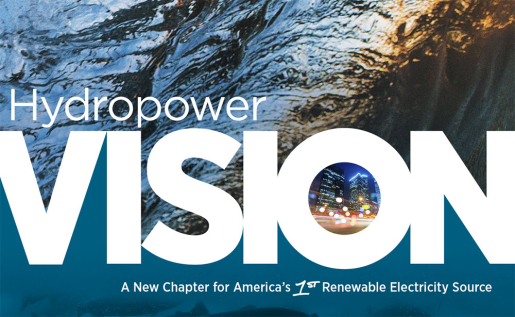
Photo
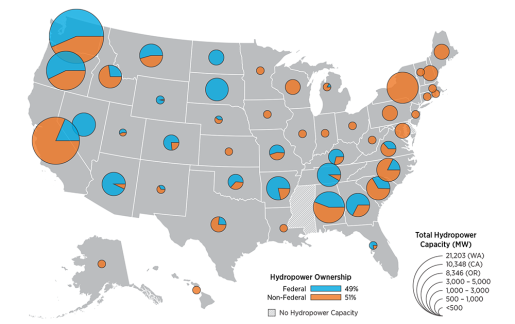
Caption
Existing hydropower generation capacity in the United States (79.6 GW)
Photo
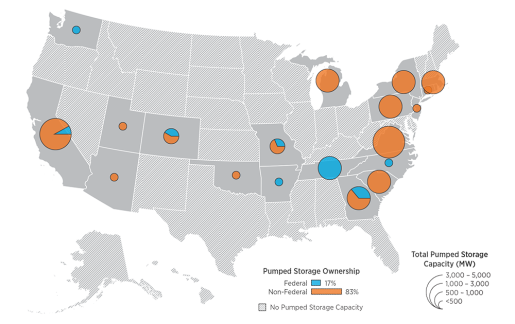
Caption
Existing pumped storage hydropower capacity in the United States (21.6 GW)
Photo
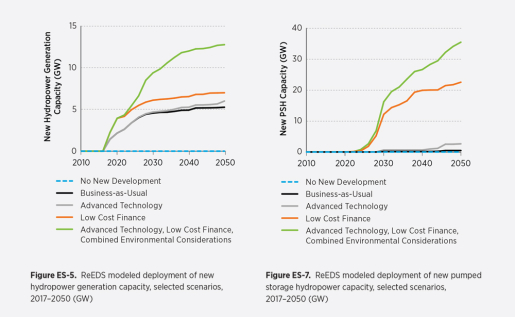
Caption
The Hydropower Vision analysis finds that U.S. hydropower could grow from 101 GW of capacity to nearly 150 GW by 2050. Growth under this modeled scenario would result from a combination of 13 GW of new hydropower generation capacity and 36 GW of new pumped storage capacity. With this deployment level, more than 35 million average U.S. homes could be powered by hydropower in 2050.
Photo
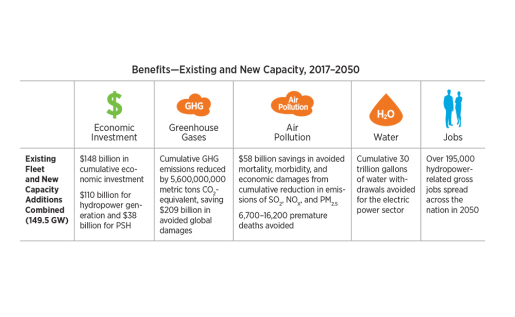
Caption
The Hydropower Vision modeled capacity of 150 GW by 2050 yields a scenario under which a combined
$209 billion savings from avoided global damages from GHG emissions is possible, including $185 billion in savings from the existing hydropower fleet being operated through 2050.
$209 billion savings from avoided global damages from GHG emissions is possible, including $185 billion in savings from the existing hydropower fleet being operated through 2050.
Photo
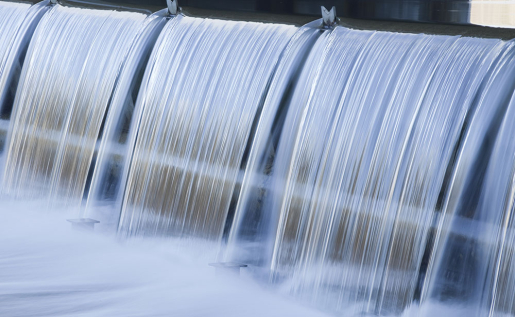
Caption
Hydropower’s system benefits are large and have historically underpinned the nation’s electric systems. Hydropower’s growth is critically coupled with innovation that can enable hydropower resource opportunities to be economically competitive and environmentally sustainable in the context of other low-carbon energy options.
Photo
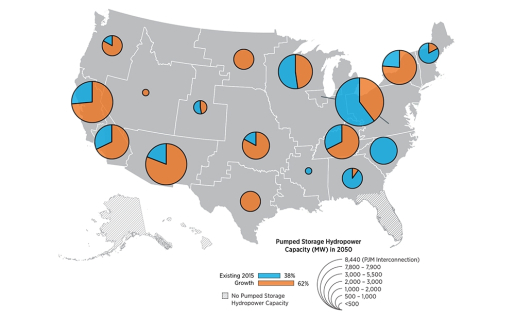
Caption
Pumped storage hydropower is complementary to variable generation, such as wind and solar, because it can reduce curtailment of excess generation by providing load and energy storage, thus enabling greater integration of these resources into the electric power system. Pumped storage hydropower is more flexible, has longer facility lifetimes, and has lower operating costs than other technologies that can provide these services.
Photo
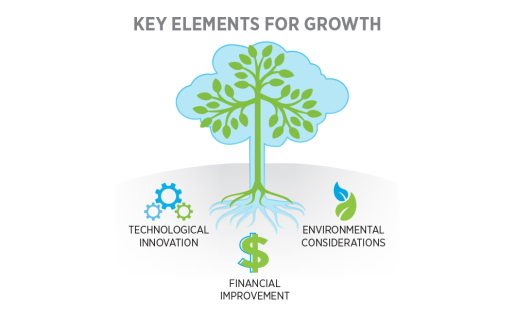
Caption
More than 50 hydropower deployment scenarios were evaluated for the Hydropower Vision analysis, which found that the key drivers influencing deployment of new hydropower capacity were: (1) technology innovation to reduce cost, (2) improved market lending conditions that value the long asset life of hydropower facilities, and (3) the concurrent influence of environmental considerations.
Photo

Caption
The Hydropower Vision roadmap outlines potential actions for consideration by stakeholder sectors to address many of the challenges that have affected hydropower and help hydropower achieve its capacity potential. The roadmap actions are based on the three foundational “pillars” of the Hydropower Vision: hydropower optimization, growth, and sustainability.
Photo

Caption
Hydropower Vision Roadmap Topic 1: Technology Advancement - Innovative technology and system design concepts will be essential to attaining cost reduction, improved performance, and environmental stewardship. Technical progress will require demonstration of environmental mitigation technologies for facilities of all sizes and performance testing and validation of hydropower innovations. New technologies will need to accommodate demands for greater operational flexibility with growing integration of variable generation resources into the electric grid.
Photo

Caption
Hydropower Vision Roadmap Topic 2: Sustainable Development and Operation - An integrated approach to hydropower project development that incorporates environmental objectives, metrics, and methodologies is required to balance environmental, social, and economic
factors in a future in which climate change may influence water resources and ecosystem health.
factors in a future in which climate change may influence water resources and ecosystem health.
Photo
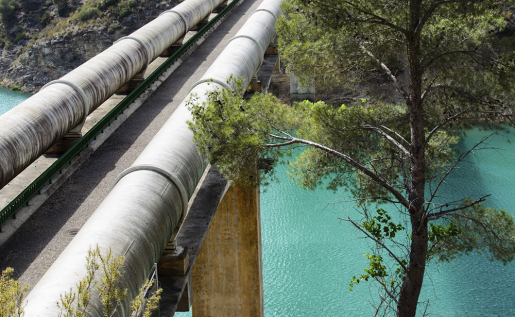
Caption
Hydropower Vision Roadmap Topic 3: Enhanced Revenue and Market Structures - Improved market structures and compensation mechanisms could more appropriately incentivize new and existing hydropower for the numerous services and benefits it provides, including energy production, capacity, ancillary grid support services, operational flexibility, energy storage, and other essential grid reliability services.
Photo

Caption
Hydropower Vision Roadmap Topic 4: Regulatory Process Optimization - While approval and compliance processes provide a consistent framework to assess impact and develop and implement mitigation measures, they also result in uncertainty in field study and administrative costs and implementation schedules that can render it challenging to undertake, finance, and complete projects. Regulatory process enhancements that reduce implementation timeframes may be possible through process efficiency improvements and by providing stakeholders with an increased knowledge base, easier access to information, and increased capabilities for collaboration.
Photo
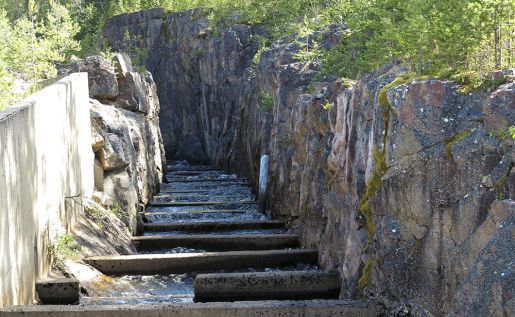
Caption
Hydropower Vision Roadmap Topic 5: Enhanced Collaboration, Education, and Outreach - Awareness of hydropower’s benefits and impacts can be increased through development and dissemination of objective and verified information. Hydropower facility owners and developers could benefit from an ongoing national-scale effort to identify and update benchmarks and best practices for maintaining, operating, and constructing hydropower facilities. The nation could expand its highly qualified and well-trained workforce by developing hydropower-specific curricula for vocational and university programs.
Photo


